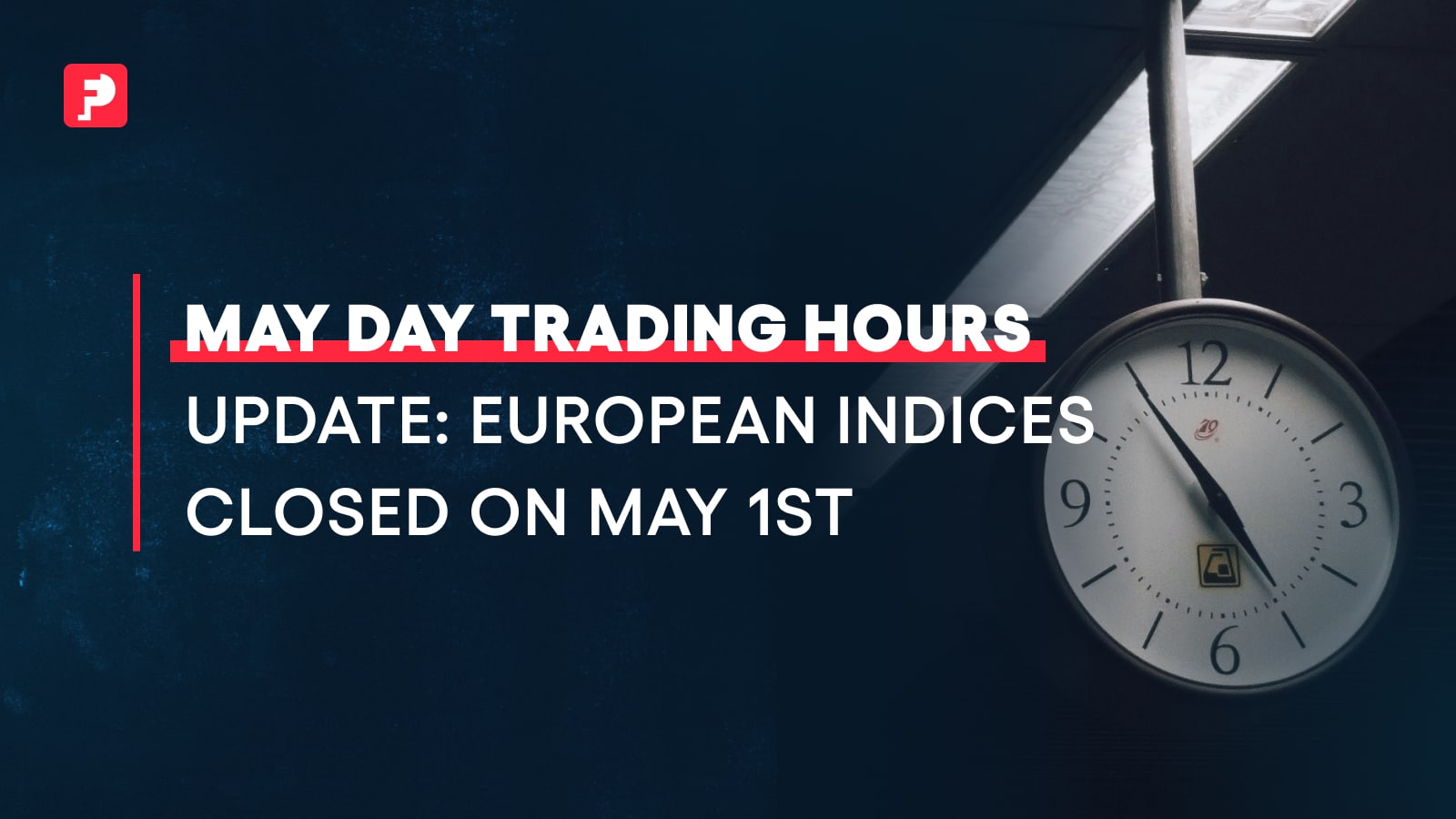
S&P 500 Shatters Records, Nasdaq Soars 6.5% in Tech Stock Rally, Eyes on Economic Data
Key Takeaways
- The S&P 500 breaks records on strong tech earnings, while the Dow struggles
- Microsoft emerges as the new market leader, driven by AI optimism
High Hopes
The Nasdaq drew to a close last week with a notable 1.2% gain, marking a 6.5% rise since the beginning of 2024. The star of the show was the broad-based S&P 500, reaching a fresh milestone and surpassing 5000 points for the first time, pushed past the finish line by a surge in tech stocks.
While these indexes flourished, the Dow Jones Industrial Average struggled to end the week on a positive note, shedding 0.1% by market close on Friday. Losses aside, the blue-chip index is up 2.6% for the year to date.
Tech titan Microsoft ended the week boasting a market capitalization of $3.125 trillion, topping a record previously set by iPhone manufacturer Apple, which reached a market cap of $3.09 trillion last July.
Last year, Microsoft stock surged by 60%, primarily driven by optimism surrounding its artificial intelligence software. Just a month ago, the company beat Wall Street expectations with its December-quarter earnings report, generating $62 billion in revenue.
Further pushing major indexes out of bounds is chip-maker Intel, flaunting a 1.9% gain for the week. The notable rise comes after the White House announced a cool $11 billion investment into the research and development of semiconductors.
The Biden-Harris administration has revealed a $5 billion fund allocation to the development of a National Semiconductor Technology Center, the location of which is yet to be revealed.
Eyes on the Fed
Taking a look at the broader economic landscape, the Federal Reserve has seemingly doubled down on its decision to maintain its key interest rate at the 23-year high of 5.25 – 5.50%. Federal Reserve Bank of Philadelphia President, Patrick Harker, spoke out on Tuesday that policymakers had made the right choice in not loosening its grip just yet, heralding the pause as the “correct decision”. Striking a positive tone, the FOMC member stated that the economy is “on track for a soft landing”, citing the strengthening labor market.
The optimistic comments somewhat echo the sentiments of Fed Chair Jay Powell, who last week stated that although inflation has come down “sharply” over the last six months, “the job is not done”.
The investment banker-turned-chairman highlighted the importance of avoiding premature rate cuts, acknowledging the delicate balancing act between two potential risks – a too-tight policy putting pressure on economic activity, or a recession, should action on monetary policy be taken at the wrong time.
This Week’s Calendar
In this week’s action-packed calendar, we can expect to gain some further insights from multiple Federal Reserve governors. Further, we’ll hear both headline CPI (consumer price index) and Core CPI numbers, on deck for Tuesday.
The prints track changes in the cost of living by measuring prices paid by consumers for goods and services – serving as a key input for the Fed in making their monetary policy decisions.
Thursday’s schedule includes initial jobless claims, as well as U.S. retail sales. Finally, the week concludes with the PPI (producer price index) data, which, much like the CPI, measures inflation at domestic producer levels.
TL;DR
The Nasdaq and the S&P 500 surged, with the latter surpassing 5000 points for the first time, propelled by a tech stock surge. Microsoft stole the spotlight, boasting a market cap exceeding Apple’s previous record. Intel made waves with a significant gain following a hefty White House investment in semiconductors.
FOMC member Patrick Harker praised the Fed’s decision to pause its key interest rate, further cementing warnings of caution against premature rate cuts voiced by Chair Jay Powell. Looking ahead, the week is packed with Fed speeches and crucial economic data releases, including CPI, jobless claims, retail sales, and PPI figures.
Written by Megan Powell



